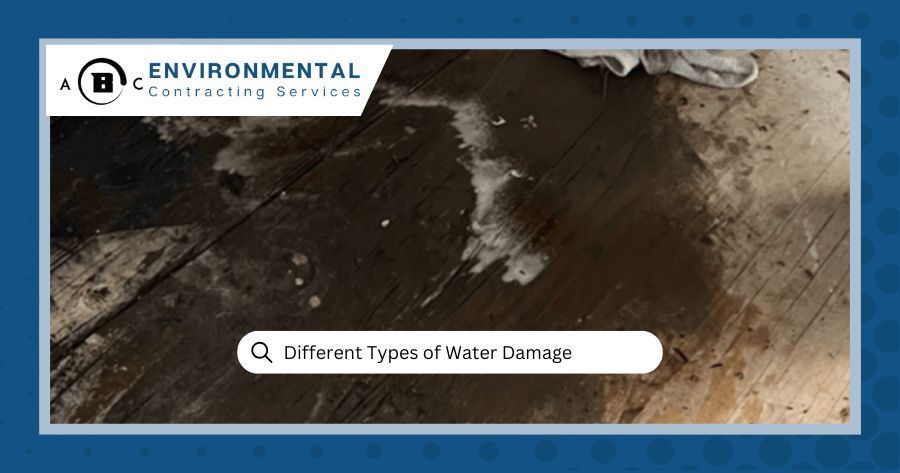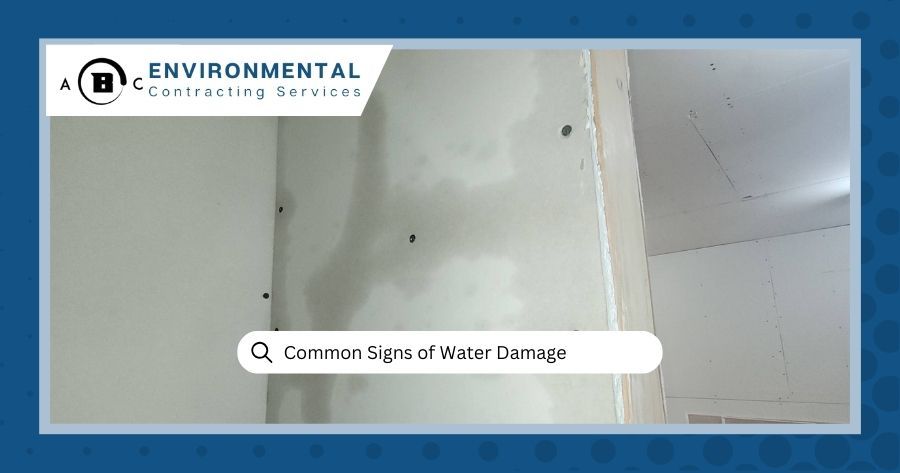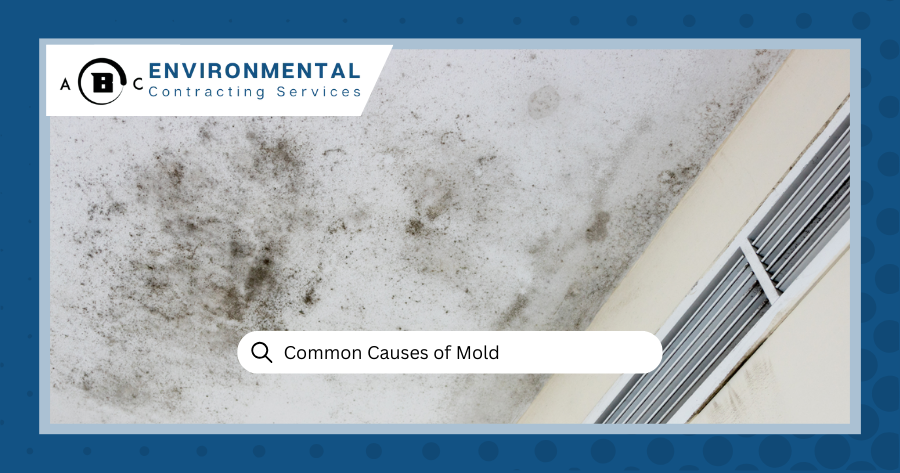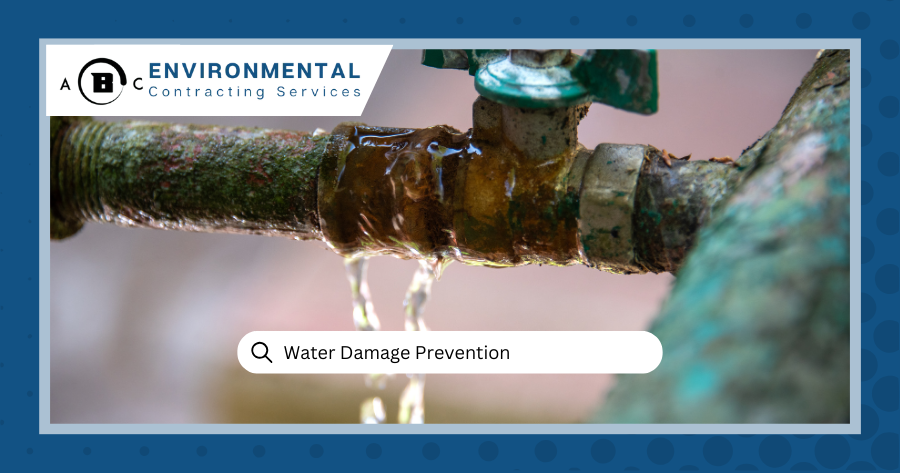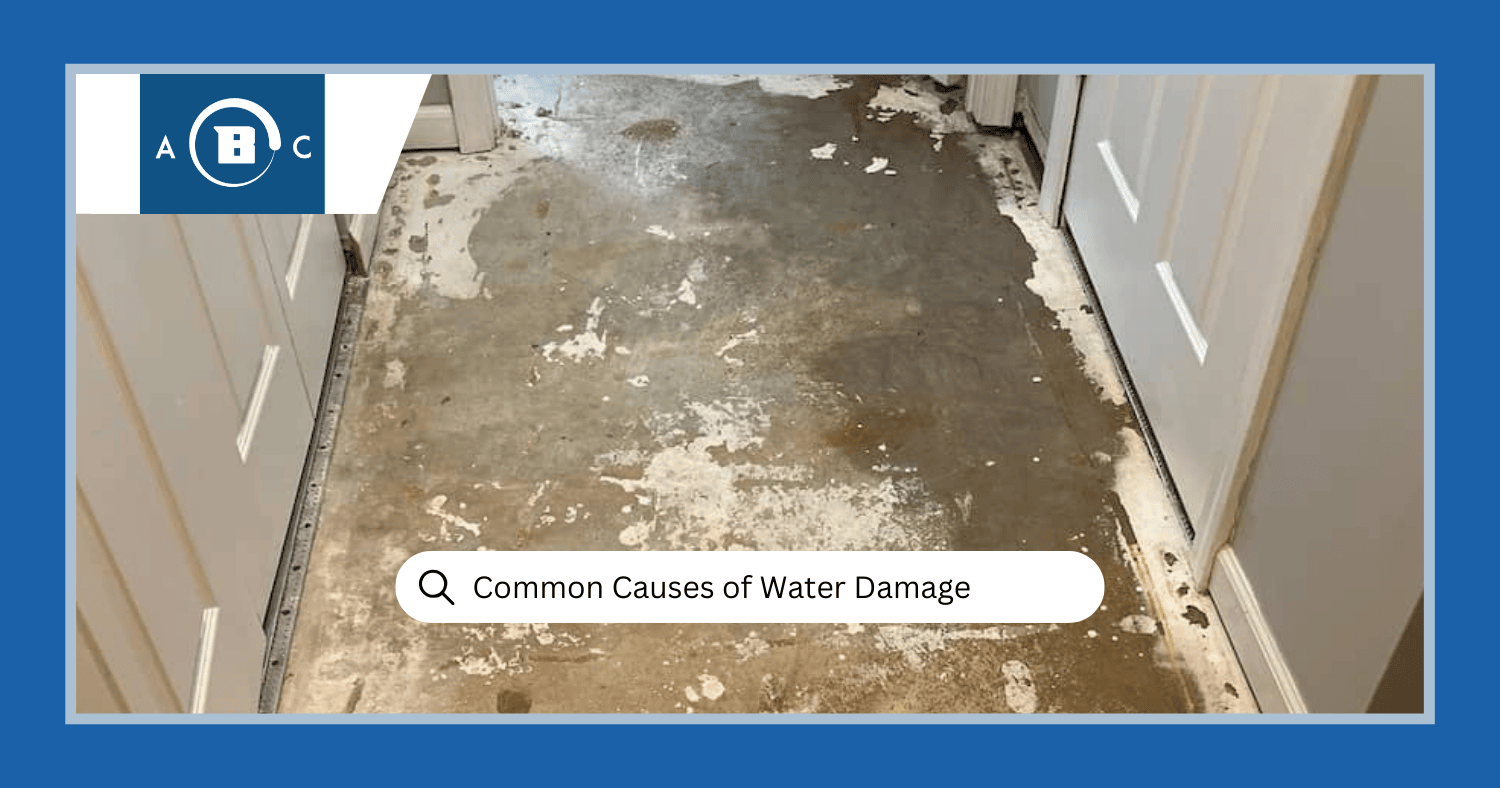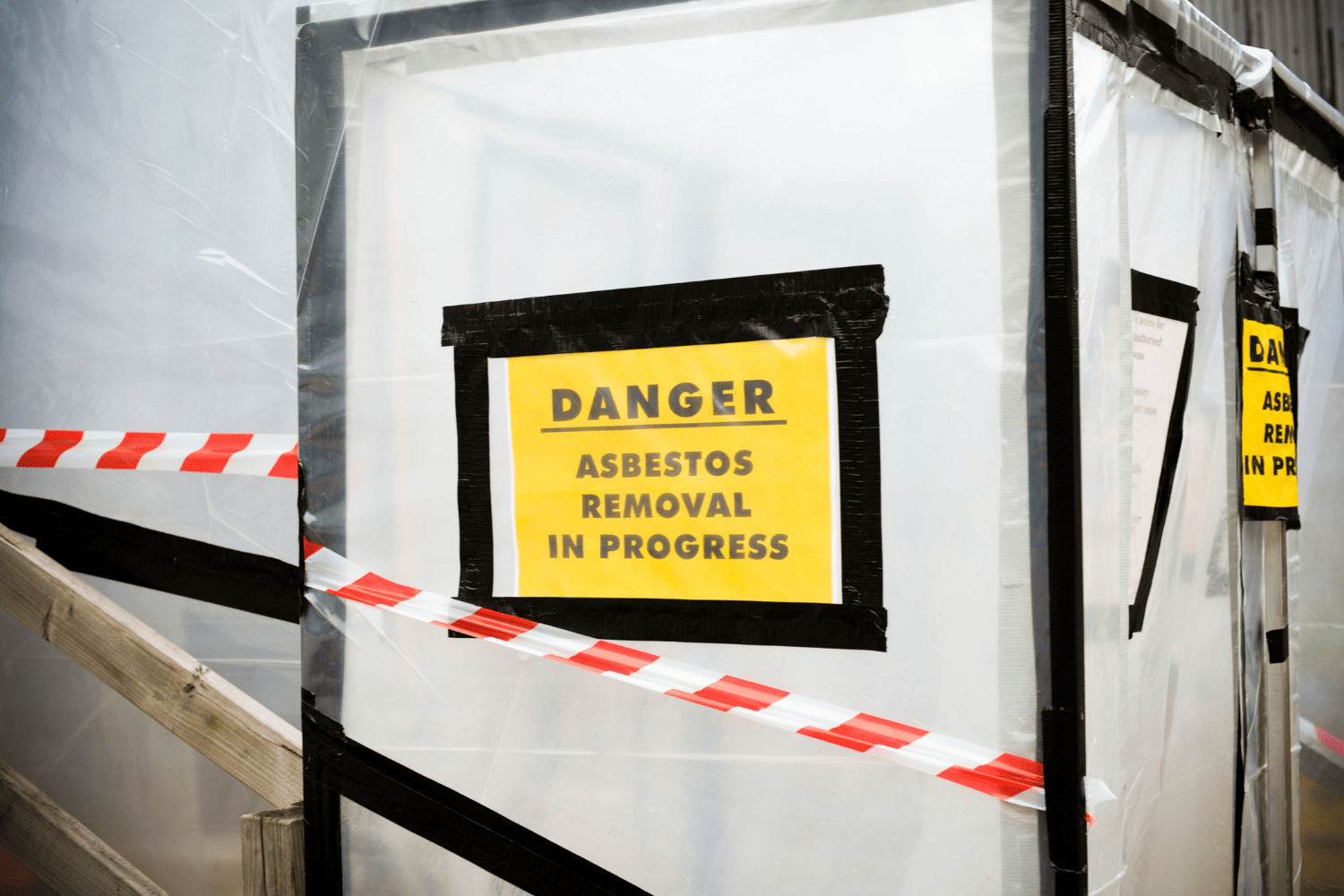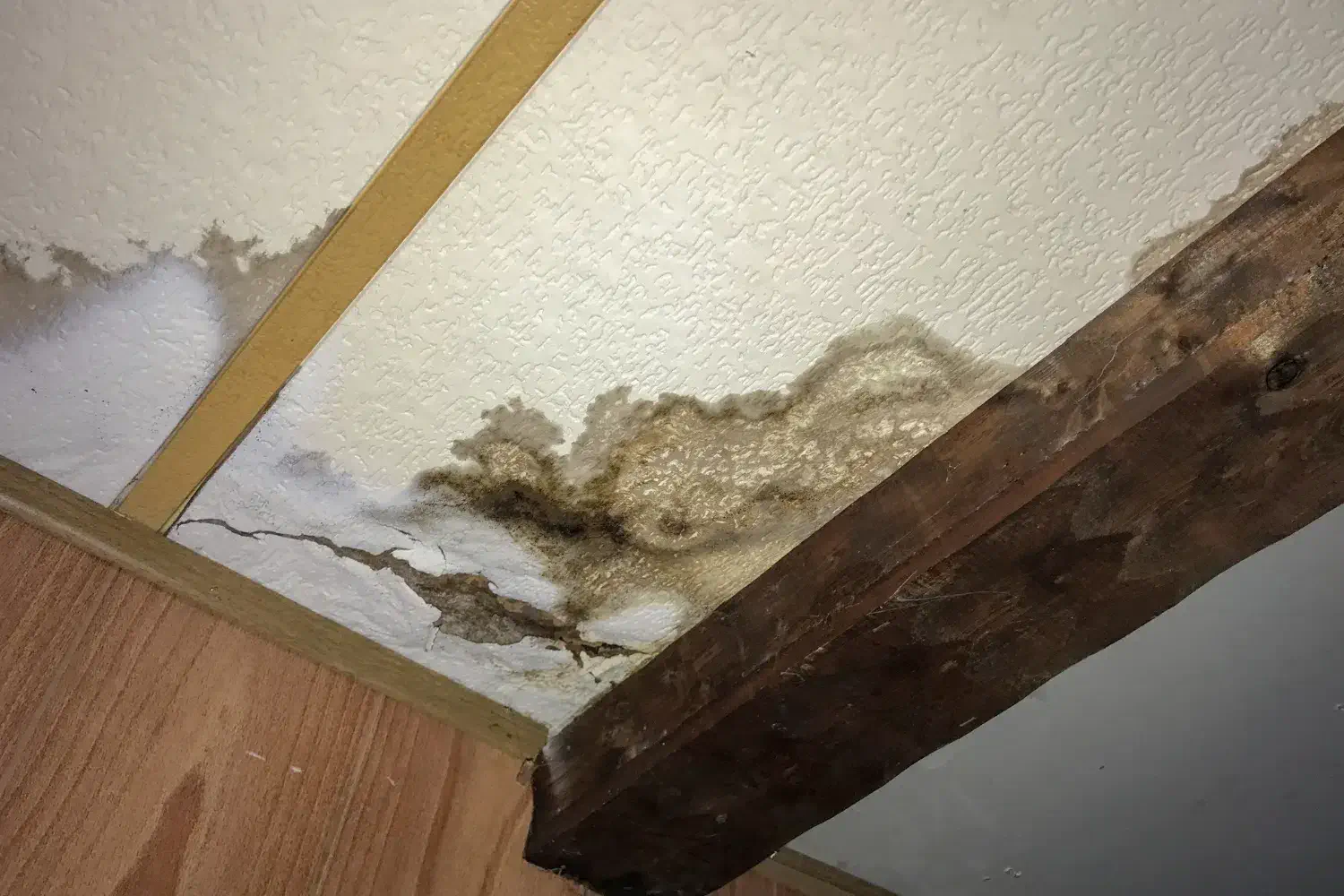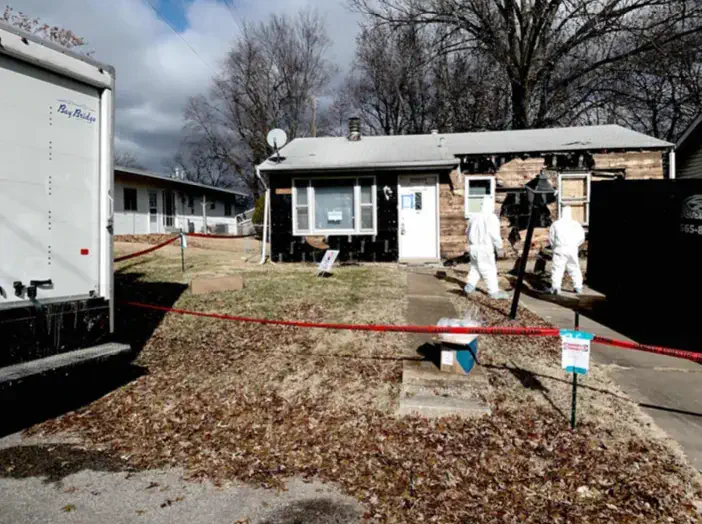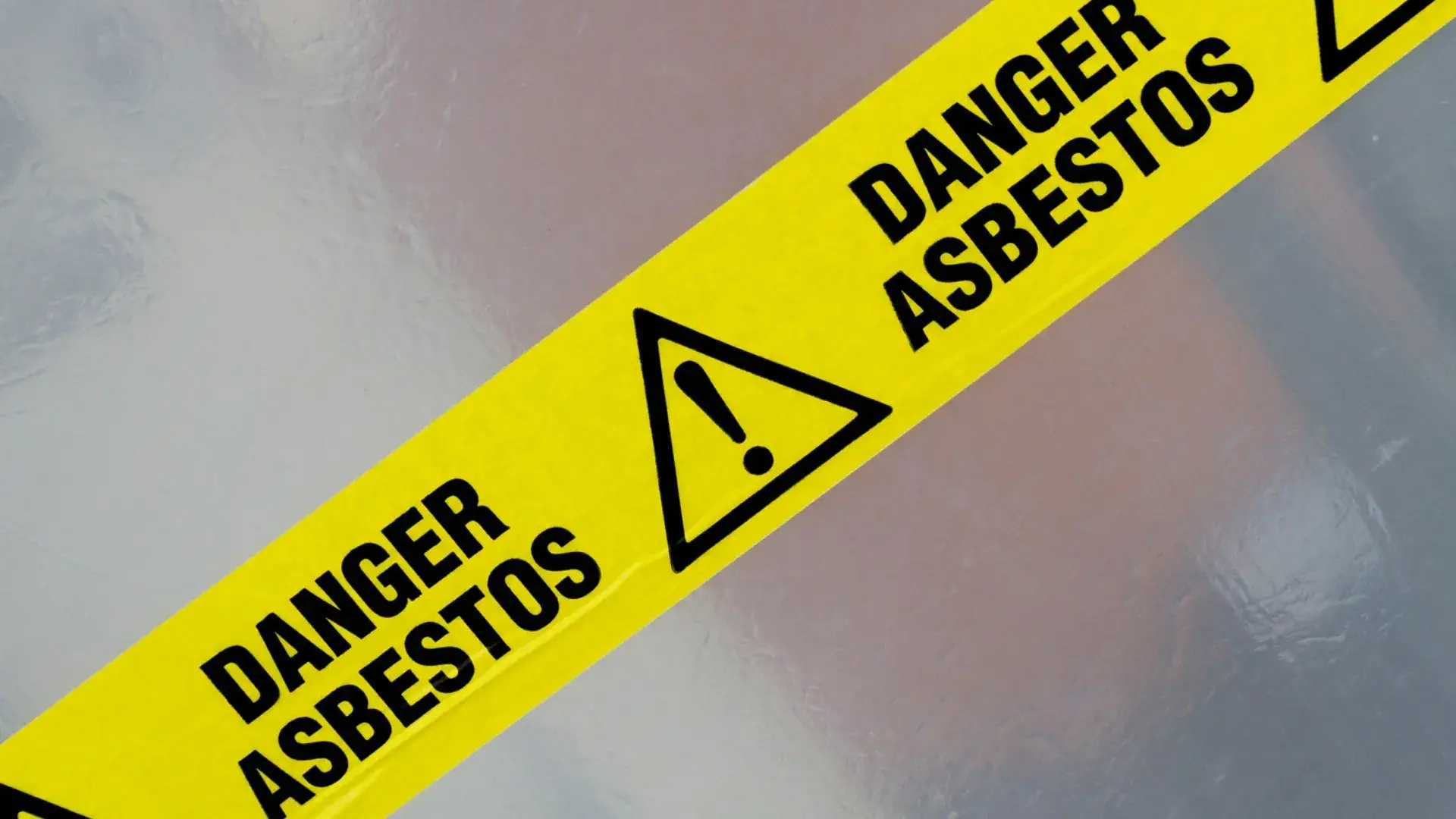Our Locations: St. Louis - Columbia - Springfield - Kansas City
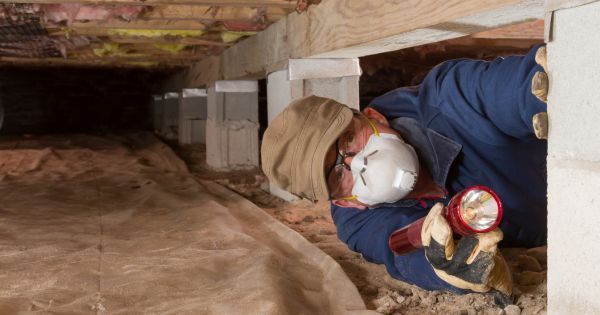
How to Handle Water in Crawl Space at Home
If you're dealing with water in your crawl space, you're not alone. Many homeowners face this issue, especially after heavy rain. Ignoring this issue can lead to serious damage to your home's structure and indoor air quality. In this guide, we'll walk you through the common causes, signs, consequences, and steps to tackle water in your crawl space, along with preventive measures to keep your home safe and dry. If you are not up to the challenge, companies handling water damage restoration St Louis are there to help.
Understanding the Problem of Water in Your Crawl Space
Water in crawl space is a common problem that can arise because of different reasons. Unlike a basement, a crawl space is a shallow area beneath your home that provides access to plumbing, electrical wiring, and HVAC systems. When water seeps into this area, it can lead to different issues, including structural damage and mold growth. Tackling water issues on time is important to prevent further damage to your home.
Causes of Water in Crawl Space
As mentioned, several factors can contribute to water accumulation in your crawl space, including:
- Heavy Rain: Water in crawl space after heavy rain can saturate the soil around your home's foundation, and lead to a flooded crawl space.
- Poor Drainage: Improper grading or drainage systems can cause water to pool around the foundation, increasing the risk of water seepage.
- Plumbing Leaks: Leaking pipes or fixtures in the crawl space can result in standing water and moisture buildup.
- Poor Ventilation: Poor ventilation can trap moisture in the crawl space, creating an ideal environment for mold and mildew growth.
Impact of Water in Crawl Space
Water in your crawl space can have significant consequences for your home's structure and indoor air quality, including:
- Structural Damage: Excess moisture can weaken wooden structures, affect the integrity of the foundation, and lead to sagging floors or walls.
- Mold and Mildew Growth: Damp conditions in the crawl space provide a breeding ground for mold and mildew, which can spread throughout your home and bring about health issues to occupants.
- Pest Infestation: Standing water and moisture in the crawl space can attract pests like termites, rodents, and insects, causing further damage to your home.
Identifying Water in Crawl Space
Recognizing the signs of water in your crawl space is important for tackling the issue quickly. Common indicators include:
- Musty Smell: A foul smell in your home, especially in the lower levels, may signal mold or mildew growth in the crawl space.
- Mold Growth: Visible mold or mildew on surfaces, such as walls, insulation, or wooden beams, is a clear sign of excess moisture.
- Dampness: Feelings of dampness or humidity in the air, especially in the crawl space, suggest moisture.
- Standing Water: Puddles or standing water in the crawl space indicate active water seepage, which requires immediate attention.
Recognizing Signs of Water Damage After Heavy Rain
After a heavy rainstorm, you should inspect your crawl space for signs of water, even if you haven't experienced flooding in other areas of your home. Look for:
- Wet or Damp Insulation: Moisture-soaked insulation is a clear sign of water seepage into the crawl space.
- Water Stains: Stains or discoloration on walls, floors, or wooden structures may indicate past or ongoing water damage.
- Efflorescence: White, powdery deposits on surfaces such as concrete walls or blocks, suggest water seepage and mineral deposits left behind after evaporation.
Consequences of Ignoring Water Issues
Ignoring water issues in your crawl space can lead to serious consequences, including:
- Foundation Damage: Excess moisture can affect the stability of your home's foundation, leading to costly repairs.
- Wooden Structures: Moisture-related damage to wooden beams, floor joists, and subflooring can weaken the structural integrity of your home.
- Insulation Problems: Wet insulation loses its effectiveness and can encourage mold growth, reducing indoor air quality and energy efficiency.
- HVAC Issues: Excess moisture in the crawl space can affect your HVAC system's performance and contribute to indoor humidity problems.
Steps to Tackle Water in Crawl Space
If you discover water in your crawl space, take the following steps to tackle the issue:
- Inspection and Assessment: Start by inspecting the crawl space for signs of water and identifying the source of the problem.
- Drainage Solutions: Improve the grading around your home's foundation and install French drains or gutter extensions to redirect water away from the crawl space.
- Plumbing Repairs: Fix any leaks or damaged plumbing fixtures in the crawl space to prevent water from entering.
- Vapor Barrier Installation: Install a vapor barrier or encapsulation system to prevent moisture from seeping into the crawl space from the soil.
- Dehumidification: Use a dehumidifier to reduce moisture levels in the crawl space and maintain optimal humidity levels.
Preventive Measures for Crawl Space Maintenance
To prevent water issues in your crawl space, think about the following preventive measures:
- Regular Inspections: Inspect your crawl space regularly for signs of water seepage, mold growth, or pest infestation.
- Drainage Maintenance: Keep gutters clean and free of debris, and ensure downspouts direct water away from the foundation.
- Ventilation: Improve ventilation in the crawl space by installing vents to enable airflow and reduce moisture buildup.
- Foundation Maintenance: Seal cracks or gaps in the foundation and repair any damage to prevent water from entering the crawl space.
Learn about what can cause water damage to your home.
Contact ABC Environmental Contracting Services for Professional Help
If you're dealing with water issues in your crawl space, don't hesitate to contact ABC Environmental Contracting Services for professional help. Our experienced team specializes in water damage restoration in St Louis and can provide expert solutions to restore your crawl space and protect your home from further damage. Don't wait, contact us today for a thorough inspection and personalized restoration plan.

Areas We Serve In Missouri

OFFICE HOUR
Monday – Saturday: 7:00am – 5:00pm
Sunday: 12:00pm – 3:00pm
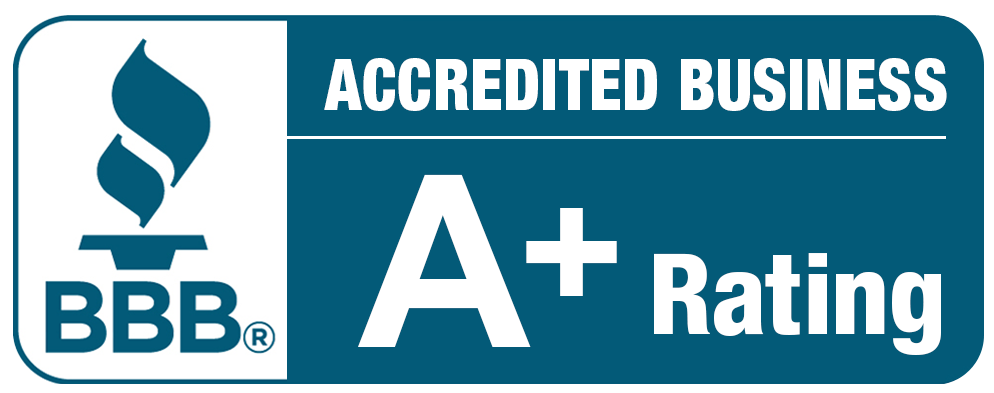
All Rights Reserved | ABC Environmental Contracting Services Of St. Louis
